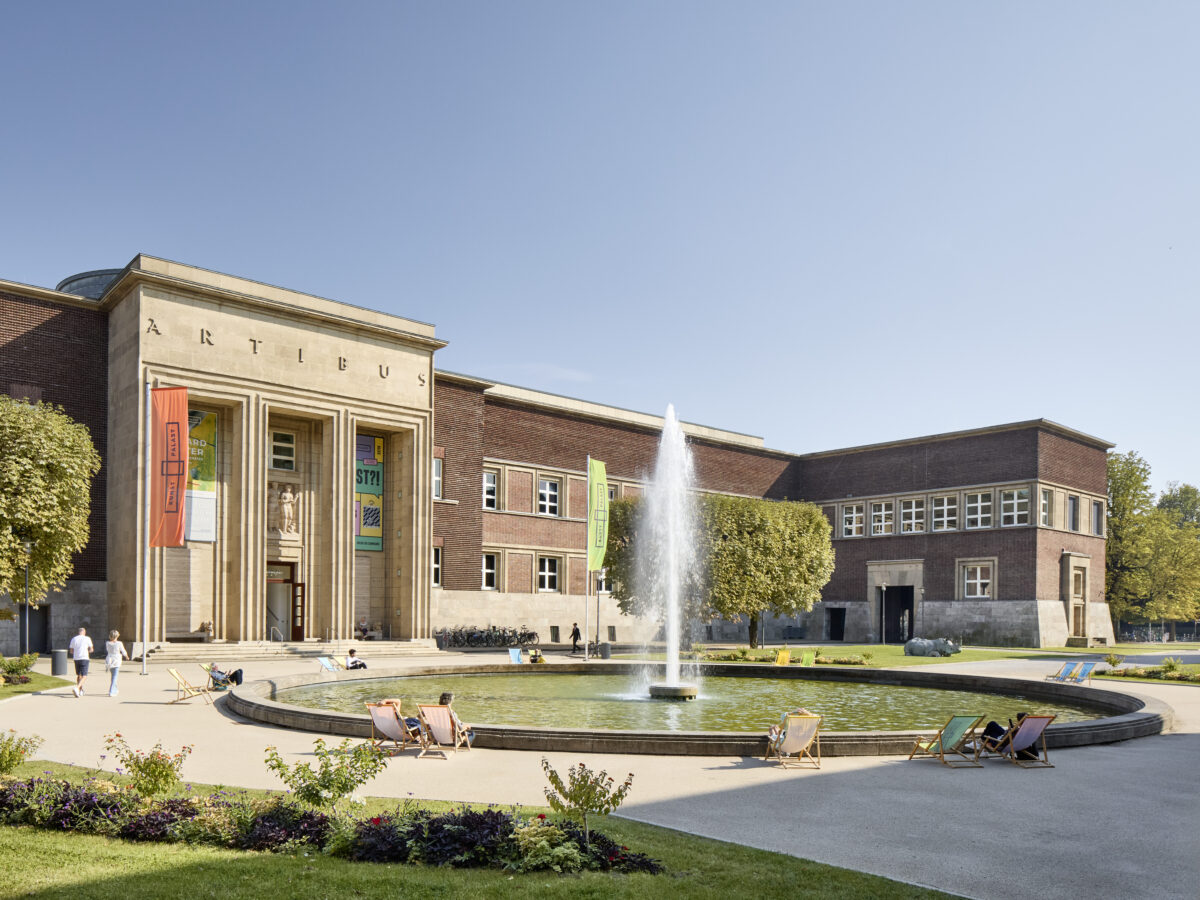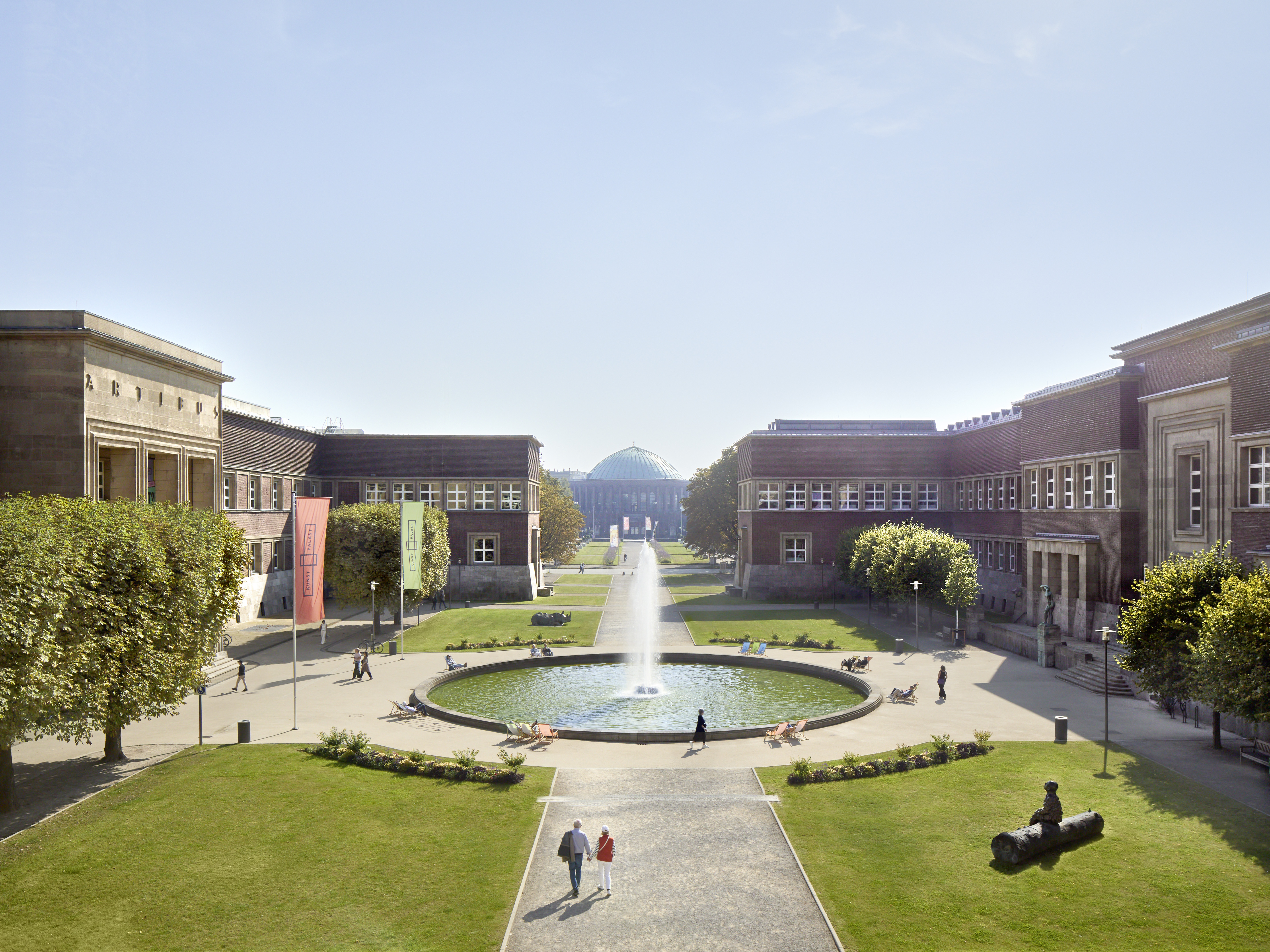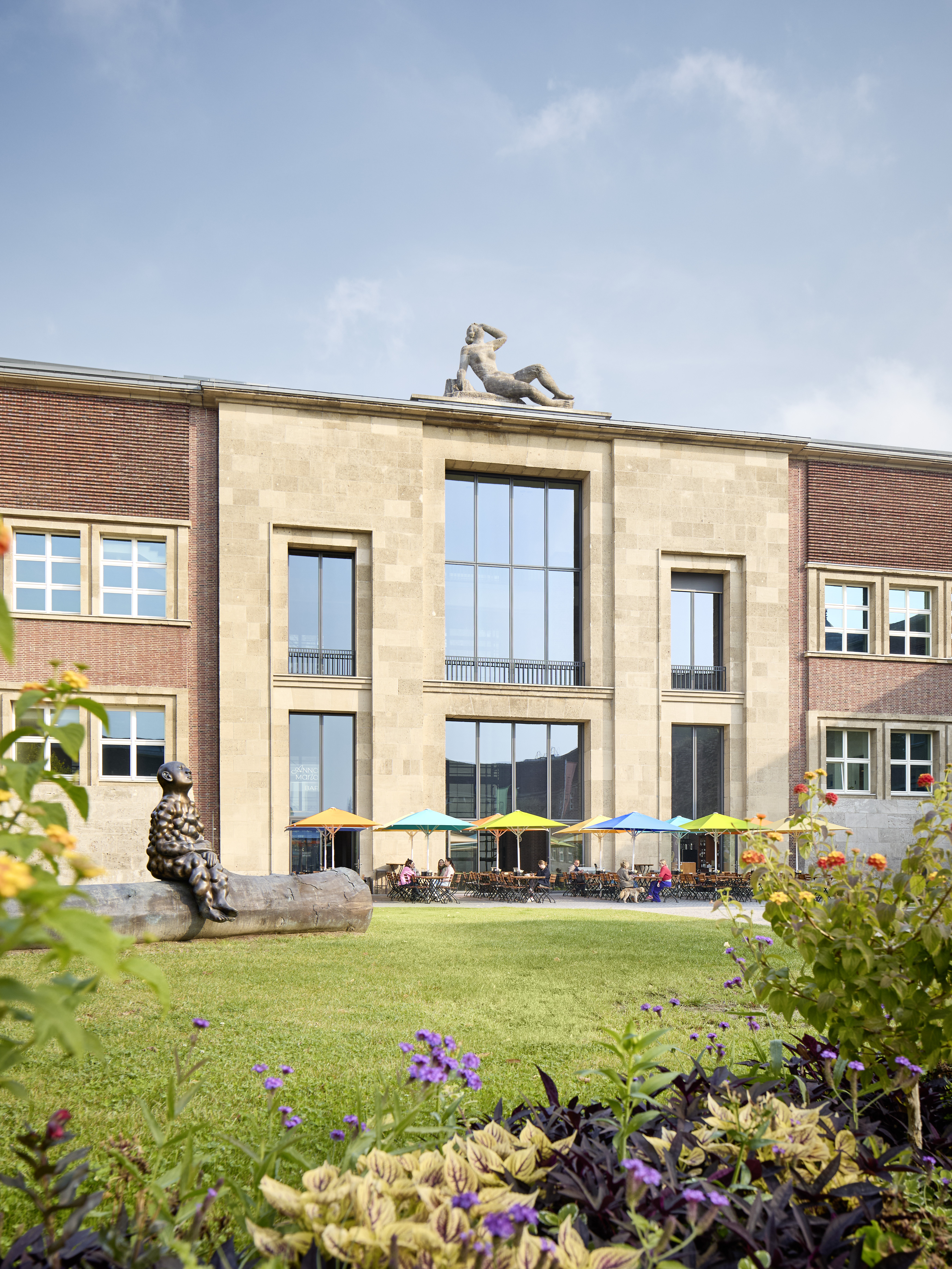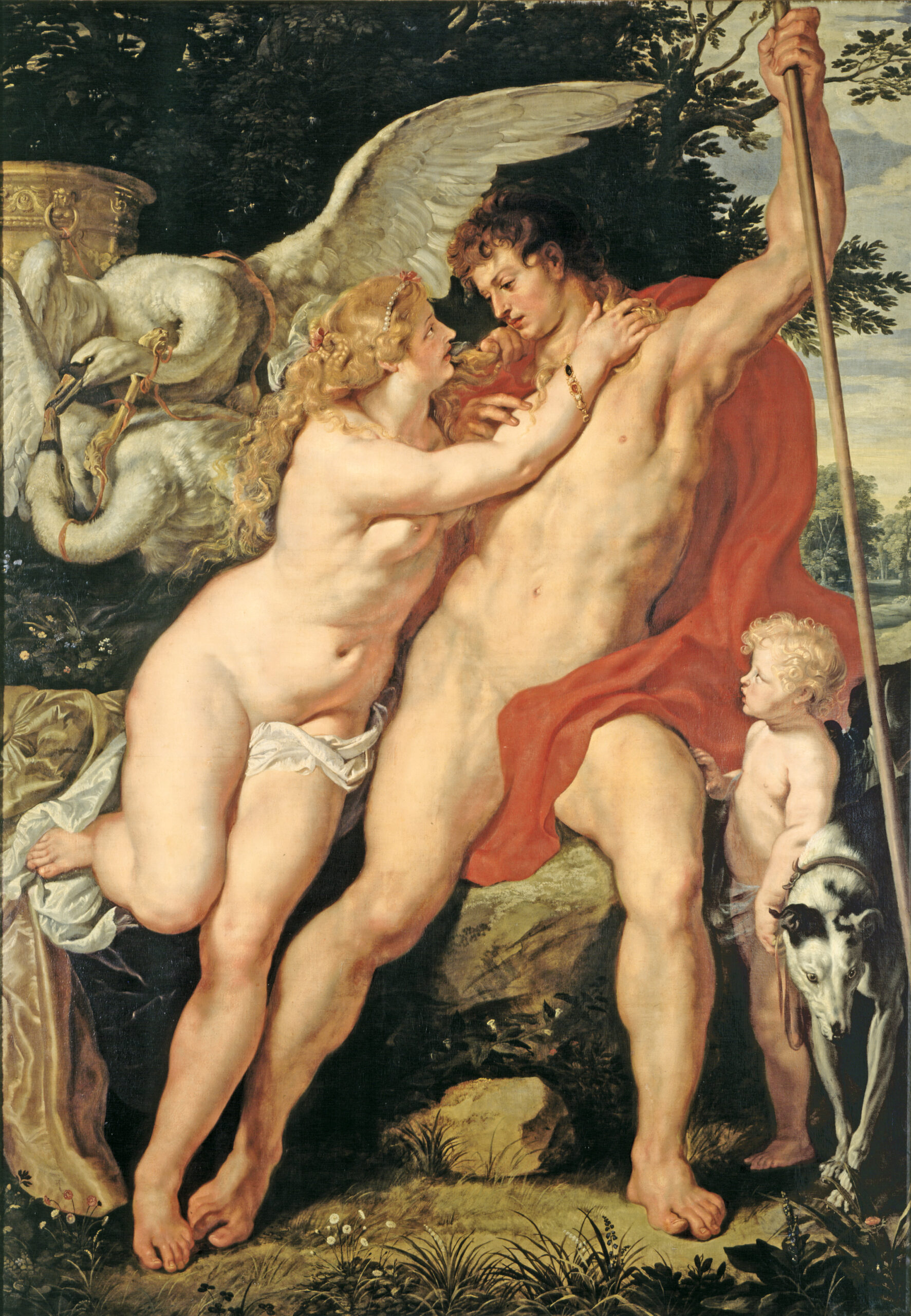The Kunstpalast
Civic Museum
As the city’s art museum, the Kunstpalast can look back on a rich history of over 300 years. As early as the mid-19th century, citizens, entrepreneurs and artists declared that the formation of a municipal art gallery was the “ultimate, vital issue for Düsseldorf” and founded the Verein zur Errichtung einer Gemäldegalerie zu Düsseldorf (Society for the Establishment of an Art Gallery in Düsseldorf). The initiative’s success transpired 50 years later when, in 1913, an art museum called the Kunstmuseum became reality. The museum’s first director, Karl Koetschau, aimed to introduce as many Düsseldorf citizens as possible to art. In keeping with its history, the Kunstpalast today sees itself as a civic museum addressing and welcoming citizens from all walks of life.


Kunstpalast, 2024, Foto: Sabrina ROthe
Successful Collaboration
Düsseldorf’s lively art scene thrives on the Academy of Art. The foundation of the Kunstpalast stems from the successful collaboration between the Academy and Düsseldorf’s art-interested public. Since 1932, the museum has housed the Academy’s collection, whose holdings consist of the Collection of Prints and Drawings and parts of Elector Palatine Jan Wellem’s Gallery of Paintings, which was founded in 1709. In addition to the Academy of Art, both the Museumsverein (the Museum Association) and the Künstler-Verein zur Veranstaltung von Kunstausstellungen (the Artists’ Association for the Realisation of Art Exhibitions) were involved in organising art exhibitions when, together with E.ON AG, the foundation Stiftung Museum Kunstpalast was established in 1998. This foundation’s aim was to unite the Kunstmuseum, the Kunstpalast and the Robert-Schumann-Saal. At the end of 2017, E.ON discontinued its long-term financial commitment and withdrew from the foundation. In January 2020, the NRW-Forum also became part of the Kunstpalast.

The Palace Building
In 1902, the first Kunstpalast was erected at Ehrenhof for a major exhibition of industry, trade and art. Wilhelm Kreis redesigned the Kunstpalast in 1926 in conjunction with today’s NRW-Forum, the Tonhalle and the Rheinterrassen to form an ensemble of Art Deco buildings purposed to house an exhibition on health care, social care and physical exercise. In 1928, the Kunstmuseum absorbed the collection of the former Düsseldorf Museum of Decorative Arts and took up premises in the Kunstpalast. Following extensive reconstruction work by Oswald Mathias Ungers, the museum was re-opened in 2001. As one of the most scenic places in the Rhine metropolis, the Ehrenhof has become an important point of interest for many locals and visitors. In the summer of 2020, the city council approved a reconstruction project for the Kunstpalast, which includes plans to more strongly integrate the courtyard with a café in the building’s archway. These measures, designed by Sieber Architects, create a continuous, uniform exhibition tour on two floors. Since November of 2023 the comprehensive new presentation of the museum’s collection, covering nearly 5,000 m², has been open to the public.
And there is also an innovation in terms of energy use: from January 1, 2022, the Kunstpalast and the NRW-Forum will be purchasing electricity from renewable sources, also known as green electricity. Specifically, this will be hydropower from the Austrian supplier Verbund Hydro Power, which will be supplied by Stadtwerke Düsseldorf. This green electricity consists of 100% renewable energy and the so-called new plant share is at least 33%. The aim is to noticeably reduce the CO2 footprint in the Ehrenhof.

Rubens, Peter Paul, Venus und Adonis. Um 1610
Collection of Diversity
From Rubens and Richter to razors. The spectrum of our collection, which comprises over 130,000 objects, reaches beyond that of nearly any other museum in Germany. Under its roof, the Kunstpalast unites virtually all artistic genres and a multitude of historical periods. Visitors are invited to embark on a journey through the international art history, starting with paintings, sculptures, prints and drawings dating from the medieval and early modern periods and further encompassing classic works of the 20th century and today. Applied arts and design as well as a unique glass collection further broaden the scope of the collection. Positions of artists from all continents, with a particular focus on Japanese and Islamic art, offer an unparalleled diversity of works.
Image Credits
Image Credits